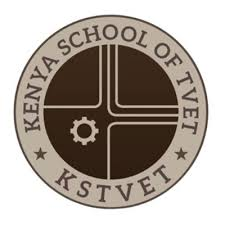
This course explores the principles, models, and practical applications of flexible and blended learning in contemporary educational and training environments. Learners will examine how instructional strategies, digital technologies, and learner-centered design can be integrated to create effective, engaging, and accessible learning experiences. Emphasis is placed on understanding the theoretical foundations of flexible learning, the design and implementation of blended learning models, and the role of technology in supporting diverse learners across multiple contexts. Through case studies, collaborative projects, and hands-on activities, participants will develop the skills needed to design, deliver, and evaluate flexible and blended learning environments.
Key Topics:
Foundations of flexible and blended learning
Models and frameworks (e.g., flipped classroom, HyFlex, online/offline integration)
Instructional design for blended environments
Technology tools and learning management systems
Learner engagement and support strategies
Assessment and evaluation in blended contexts
Institutional and policy considerations
1. Define and differentiate flexible and blended learning approaches.
2. Analyze and apply relevant models of blended learning to various educational settings.
3. Design instructional content suitable for both online and face-to-face delivery.
4. Select and utilize appropriate technologies to enhance learning.
5. Evaluate the effectiveness of flexible and blended learning strategies.
- Teacher: Edmond Wafula
